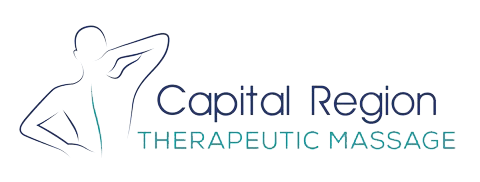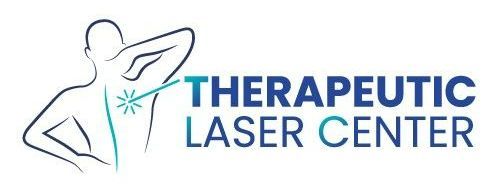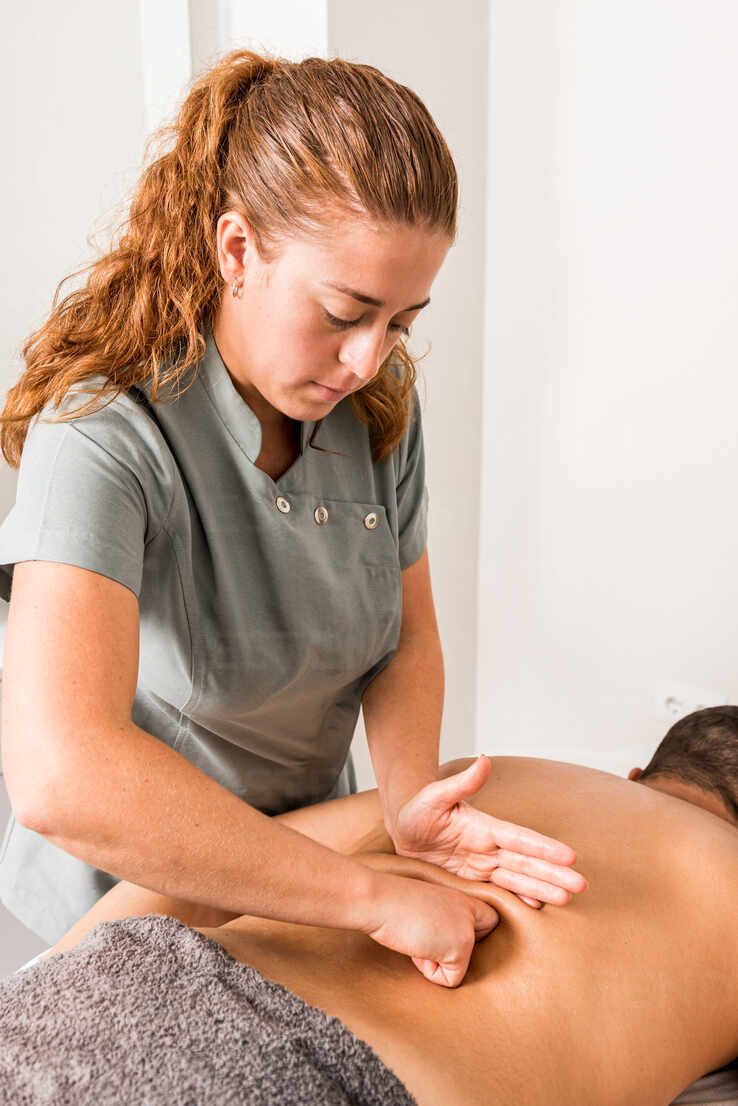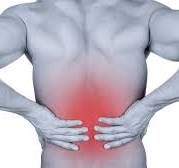What’s New after 15 Years?
Abstract
Chronic pain is often difficult to treat, requiring a comprehensive multidisciplinary therapeutic intervention and a high level of management expertise.
This is particularly true for patients who are unresponsive to standard treatments for chronic pain, for which Scrambler Therapy (ST) is indicated. The aim of the present study was to evaluate the impact of ST on patient-reported moderate to severe chronic pain.
This was a prospective trial on 219 patients affected by chronic pain from April 2010 to March 2016. The study consisted of 2 consecutive weeks of treatment with ST (one 30-min daily session, 5 days a week) (T0, T1, T2) and a 2-week follow-up (T3, T4). Patients were asked to describe the pain using the Numeric Rating Scale (NRS) immediately prior to and after the treatment.
Two hundred nineteen patients were treated for chronic pain of different nature with mean values of 6.44 (± 2.11) at T0, 3.22 (± 2.20) at T2, and 3.19 (± 2.34) at T4. A reduction in the symptomatology from T0 to T2 was maintained throughout T4 (P value < .0001). Of the 219 patients treated with ST, 83 (37.9%) had cancer pain and 136 (62.1%) had non-cancer pain. No adverse events were reported.
Future research should focus on individual response, retreatment, and maintenance therapy. The data showed a statistically significant impact of ST, which was maintained during follow-up, on patients suffering from chronic pain of different nature.
Keywords: calmare therapy, cancer pain, chronic pain, neuropathic pain, non-cancer pain, scrambler therapy
1. Introduction
Chronic pain is not only the temporal extent of acute pain but also an ill-adapted response to the pain. It ranks among one of the most common, costly, and incapacitating conditions in life. The pathological condition causing the pain is usually known but not attacked, and is persistent over time. Its continued presence establishes a vicious cycle of depression, anxiety, and other emotional stimuli, becoming an independent syndrome with a major repercussion on the social life and the psycho-social aspects of the person.[1] It is estimated that approximately 1.5 billion people in the world suffer from chronic pain with a remarkable impact on society and public health care.[1] In the United States, 20% of the population (approximately 42 million people) suffer from chronic pain, with a yearly expenditure of at least 560 to 635 billion dollars for health care, and 297 to 336 billion dollars for loss of productivity.[2]
Pain is a subjective experience, combining the sensory component with the experiential and emotional components that equally modulate the pain stimulus perceived by the patient.[3] In fact, the generated pain signal is modulated at different levels, corresponding to different clinical interpretations. This explains how the pain is the result of a complex system of interactions, where the severity and nature of the pain are modulated by a variety of factors.[4]
Chronic pain is the long-lasting pain that accompanies a chronic disease, and is often determined by the persistence of a harmful stimulus and/or phenomena of self-maintenance, which perpetuate the nociceptive stimulation despite the fact that the initial cause has been limited. Chronic pain is very difficult to treat: it requires comprehensive and frequent multidisciplinary therapeutic interventions, managed with high level of expertise and specialization.[5]
In 1985, Bonica estimated a 50% prevalence of oncologic pain worldwide. This value rose to 71% in advanced patients.[6] In 2007, van den Beuken-vanErdingen, carried out a systematic review with a metanalysis of the studies published in last the 40 years.[7] Older studies report higher rates of prevalence (52%–77%) than more recent ones (24%–60% for patients on pharmacological treatment and 62%–86% for advanced patients).[8]
Scrambler Therapy (ST) is indicated in the advanced setting, acting through the neuromodulation by electrocutaneous stimulation in a non-invasive way through C fibers surface receptors, combing no-pain information in the nerve fibers.[9] This system represents an efficient and safe alternative for several types of refractory chronic pain, with a very rare possibility of adverse events. However, few data is currently available on the efficacy of ST in cancer pain induced by skeletal and visceral metastases.[10] The active principle of ST is not to inhibit the transmission of pain, but to replace the pain with summary information of no pain. For this reason ST can have the immediate effect of zeroing the pain during treatment, followed by the progressive re-modulation of the pain system after repeated treatments that statistically represent the number of cycles necessary to achieve a successful follow-up.[11]
The aim of the present study was to evaluate the impact of ST on patient-reported moderate to severe chronic pain.
2. Materials and methods
2.1. Study design
In this prospective study, from April 2010 to March 2016 we enrolled 219 patients with chronic pain with different etiology to start treatment with ST. The study was approved by the Ethics Committee of our center (Comitato Etico della Romagna) and all patients provided written informed consent before study treatment.
2.2. Patient characteristics
Patients needed to have the following inclusion criteria:
- clinical evidence of moderate-severe chronic pain;
- performance status (ECOG) 0 to 3;
- ability to give written informed consent and to participate in the treatment;
- ability to undergo a follow-up and to communicate their feelings about the modification of the pain over time;
- ability to participate in a clinical study for a period longer than 3 months;
- age ≥ 18.
All newly referred patients were considered for participation in the study.
Exclusion criteria were:
- use of a pacemaker;
- presence of automatic defibrillator, aneurysm clips, vena cava clips, skull plates, neurolytic blocks or neurolesive pain control treatment;
- epilepsy.
2.3. Methods
ST was administered by application of a disposable surface electrodes on the skin areas corresponding to the pain. The study consisted of 2 consecutive weeks of treatment of ST (1 daily 30-min session, 5 days a week) and 2 weeks of follow-up. Patients were asked to describe the level of pain using the Numeric Rating Scale (NRS) immediately before the initiation (T0), after 1 week of treatment (T1), at the end of the treatment (T2) and after each week of follow up (T3,T4). This scale consists of 11 scores for grading pain as perceived by the patient, going from absence of pain (score 0) to highly severe pain (score 10). This simple, widely used test could be easily repeated and understood by the majority of patients. Subgroup analyses were performed, considering patients with moderate-severe (NRS ≥ 4) and severe pain (NRS ≥ 7) before treatment. Another subgroup analysis considered patients with neuropatic pain and who had undergone multiple courses. All analyses considered patients at first treatment; patients with multiple courses were analyzed separately. The efficacy, the duration and the side effects of ST were also evaluated during treatment and follow up.
2.4. Statistical analysis
The sample size was estimated from the clinical practice. We analyzed a consecutive case series that met the inclusion criteria and underwent standard treatment according to the original protocol. Frequency was calculated for categorical variables. Age at diagnosis and data on pain were shown using mean and standard deviation (±SD). Plots of mean value of pain score and relative SD were plotted for each time points. Normality distribution of pain score was evaluated with the Shapiro-Wilk test. The non-parametric Friedman test was used for detecting differences in NRS between the time points T0, T2, T4 because the normality assumption was not satisfied. Corrections for multiple testing were not performed. Missing data were always shown. P values < .05 were considered statistically significant. All analyses were performed using SAS Version 9.3 (SAS Institute, Cary, NC).
3. Results
Of the 219 people treated with ST, 100 (45.7%) patients were male and 119 (54.3%) were female. The mean age of the patients was 64.7 years (±13.4). Performance status was ECOG 0 for 118 patients, (54.4%), ECOG 1 for 89 patients (41.0%), and ECOG ≥2 for 10 patients (4.6%). Eighty-three patients (37.8%) were affected by cancer pain due to primary cancer, metastasis or anticancer therapies, while the remaining 136 (62.2%) were affected by non-cancer pain of diverse origin. Baseline characteristics of enrolled patients are shown in Table1. Among cancer patients the cause of treatment was pain from cancer in 62 patients, post-surgical neuropathy in 7 patients, post chemotherapy neuropathy in 12 patients, and post radiotherapy neuropathy in 2 patients. Non-cancer patients suffered from neuropathic pain syndromes, sciatic and lumbar and dorsal pain, postherpetic neuralgia (PHN), trigeminal neuralgia, post-surgery nerve lesion neuropathy, low back pain (LBP), other neuropathies, polyarthrosis, vertebral fractures, hernial lesions, contractures, tendinous lesions, vertebral discopathies, osteonecrosis, traumas, arthritis.


Contact Information
Phone: 518-867-2262
Fax: 518-430-5859
Email: info@calmaremassage.com
Address: 963 Route 146, Clifton Park, NY 12065
Business Hours
- Mon - Fri
- -
- Sat - Sun
- Closed
By appointment only





















